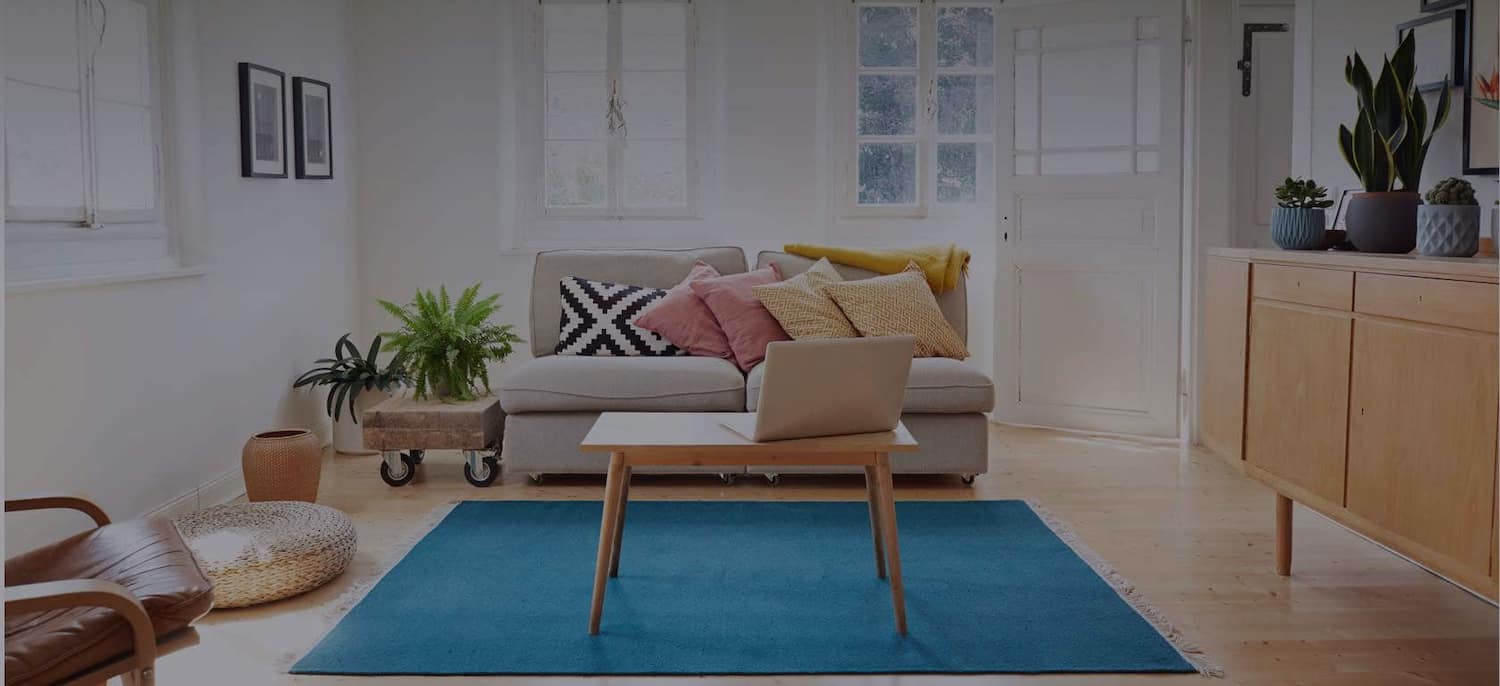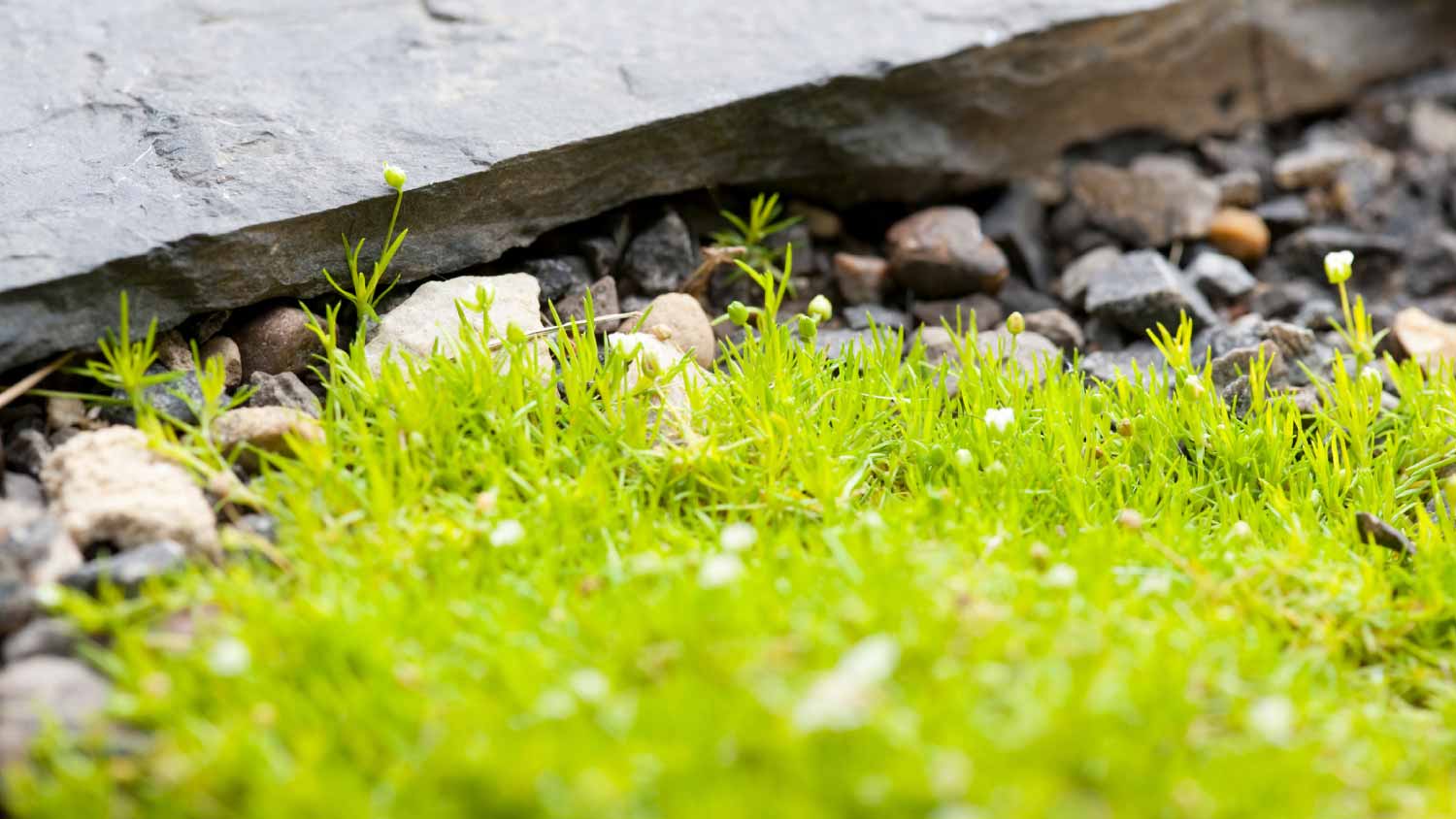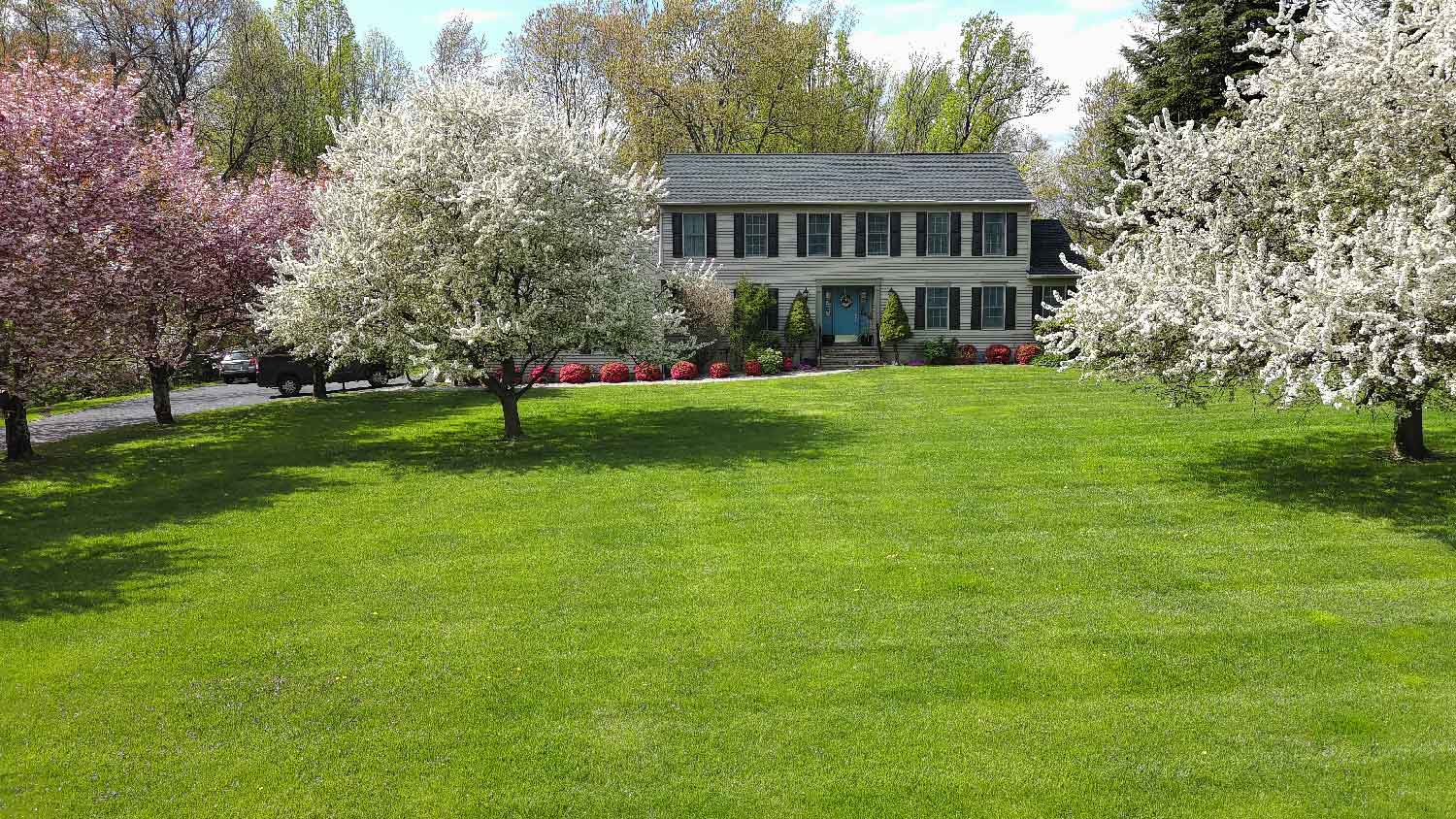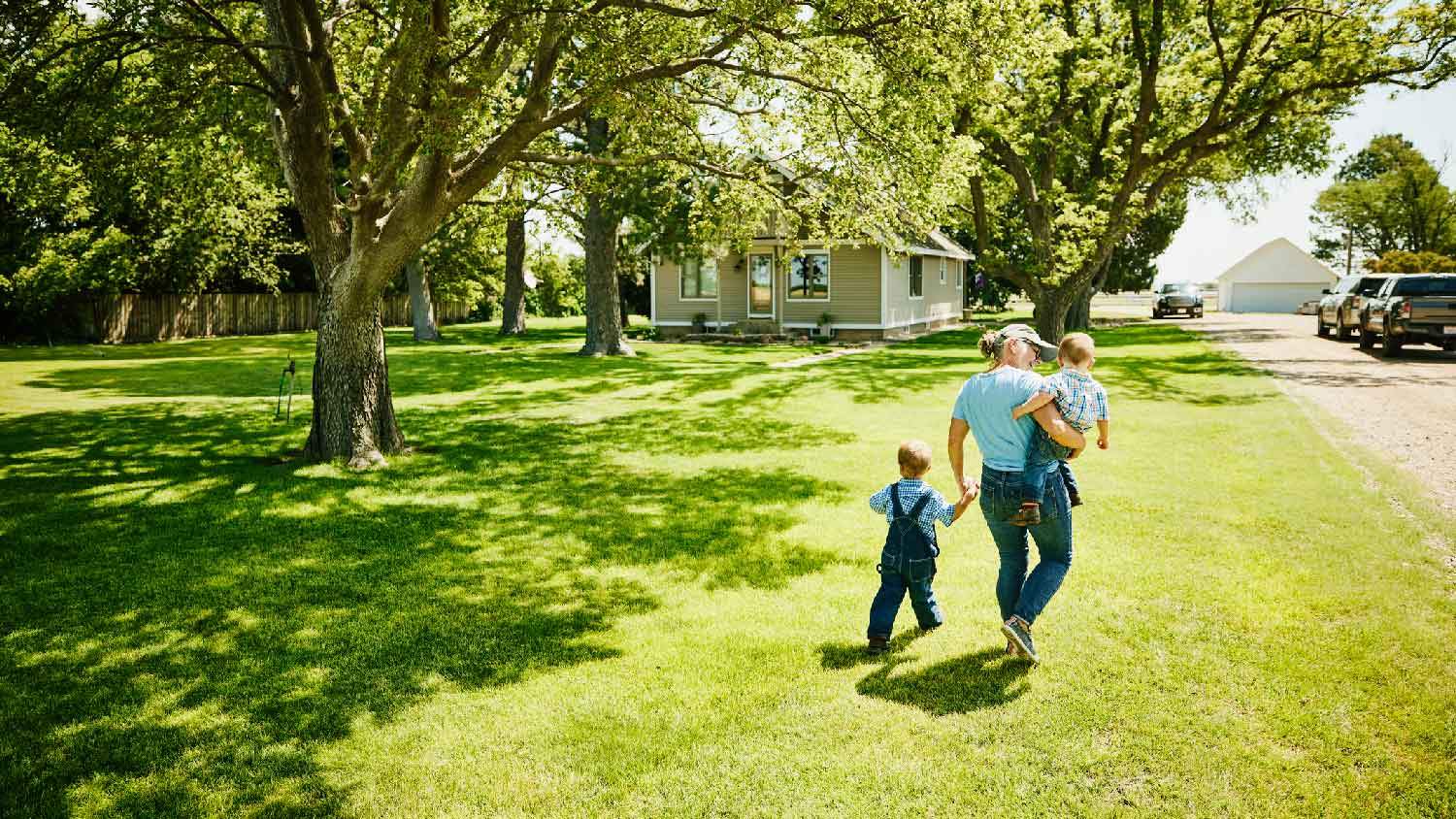
Get matched with top biohazard remediation specialists in New London, WI
There are 0 highly-rated local biohazard remediation specialists.
Matching on Angi


Biohazard remediation specialists in New London
I have retired from doing home inspections but I am still doing mold testing as a certified tester and foundation inspections.
"David is very knowledgeable. He gave me advice on what to do to make the air quality better in my home. HIGHLY RECOMMEND!"
Teresa B on April 2023
I have retired from doing home inspections but I am still doing mold testing as a certified tester and foundation inspections.
"David is very knowledgeable. He gave me advice on what to do to make the air quality better in my home. HIGHLY RECOMMEND!"
Teresa B on April 2023
ZH LLC. Will provide all of your General Contractor, Remodeling and Property Management services necessary. We have people that handle every aspect of full remodels, repairs and maintenance to residential and commercial properties. We can handle the regular repairs and your emergency needs. We also remodel forclosure homes for investors currently and complete all repairs. We have people available at all times. We can also handle all of your Rental Applications, Repairs and Remodels, etc. We have all tools available at all times, to assist We provide Property Management Services to all Northeast Wisconsin. We are Licensed and Insured. We are your Company to handle all your Real Estate Management and Repairs Needs.
ZH LLC. Will provide all of your General Contractor, Remodeling and Property Management services necessary. We have people that handle every aspect of full remodels, repairs and maintenance to residential and commercial properties. We can handle the regular repairs and your emergency needs. We also remodel forclosure homes for investors currently and complete all repairs. We have people available at all times. We can also handle all of your Rental Applications, Repairs and Remodels, etc. We have all tools available at all times, to assist We provide Property Management Services to all Northeast Wisconsin. We are Licensed and Insured. We are your Company to handle all your Real Estate Management and Repairs Needs.
Aquire Restoration, Inc. is a full service restoration contractor that provides emergency services to residential & commercial properties that have been damaged by Water, Fire, Mold, Storm, Sewer & Crime/Trauma scenes. We have two offices in Wisconsin; one in Oshkosh to service NE Wisconsin and one in Madison to service SC Wisconsin. Aquire Restoration, Inc. is an accredited business with the BBB, a certified firm with IICRC (Institute of Inspection Cleaning & Restoration Certification), a member of the MCRA (Midwest Cleaning & Restoration Association) along with Chamber of Commerce members for each office.
Aquire Restoration, Inc. is a full service restoration contractor that provides emergency services to residential & commercial properties that have been damaged by Water, Fire, Mold, Storm, Sewer & Crime/Trauma scenes. We have two offices in Wisconsin; one in Oshkosh to service NE Wisconsin and one in Madison to service SC Wisconsin. Aquire Restoration, Inc. is an accredited business with the BBB, a certified firm with IICRC (Institute of Inspection Cleaning & Restoration Certification), a member of the MCRA (Midwest Cleaning & Restoration Association) along with Chamber of Commerce members for each office.
Aquire Restoration, Inc. is a full service restoration contractor that provides emergency services to residential & commercial properties that have been damaged by Water, Fire, Mold, Storm, Sewer & Crime/Trauma scenes. We have two offices in Wisconsin; one in Oshkosh to service NE Wisconsin and one in Madison to service SC Wisconsin. Aquire Restoration, Inc. is an accredited business with the BBB, a certified firm with IICRC (Institute of Inspection Cleaning & Restoration Certification), a member of the MCRA (Midwest Cleaning & Restoration Association) along with Chamber of Commerce members for each office.
"About 5 months ago I reviewed the services of Acquire Restoration and gave them one star for incomplete and incompetent service as well as for charges way over estimate. 3 weka ago they finally responded - belatedly kind of like their service. There were several inaccuracies in their response. It is correct that I signed for services prior to the start of work but the estimate that your former employee - that you fired - provided was not honored. We did have a carpet upgrade but we were also charged for additional time it took the dry walkers and painters to return to correct the job, which actually was never completed by the painter. In addition your claim that you verbally told me the color of paint used is inaccurate - despite numerous phone calls and requests no one ever responded and despite your claim no paint was left in the house. Your claim that you were screamed at on the phone is also very untrue and I would dare you to provide any proof of that. All in all, my review of 1 remains. Jeff needs to get over himself and provide quality service to his customers if he wants his business to continue"
Sharyn K on September 2023
Aquire Restoration, Inc. is a full service restoration contractor that provides emergency services to residential & commercial properties that have been damaged by Water, Fire, Mold, Storm, Sewer & Crime/Trauma scenes. We have two offices in Wisconsin; one in Oshkosh to service NE Wisconsin and one in Madison to service SC Wisconsin. Aquire Restoration, Inc. is an accredited business with the BBB, a certified firm with IICRC (Institute of Inspection Cleaning & Restoration Certification), a member of the MCRA (Midwest Cleaning & Restoration Association) along with Chamber of Commerce members for each office.
"About 5 months ago I reviewed the services of Acquire Restoration and gave them one star for incomplete and incompetent service as well as for charges way over estimate. 3 weka ago they finally responded - belatedly kind of like their service. There were several inaccuracies in their response. It is correct that I signed for services prior to the start of work but the estimate that your former employee - that you fired - provided was not honored. We did have a carpet upgrade but we were also charged for additional time it took the dry walkers and painters to return to correct the job, which actually was never completed by the painter. In addition your claim that you verbally told me the color of paint used is inaccurate - despite numerous phone calls and requests no one ever responded and despite your claim no paint was left in the house. Your claim that you were screamed at on the phone is also very untrue and I would dare you to provide any proof of that. All in all, my review of 1 remains. Jeff needs to get over himself and provide quality service to his customers if he wants his business to continue"
Sharyn K on September 2023
Locally owned and operated, 7 employees, 24 hour emergency services, willing to work with you, a friendly face in your time of need
Locally owned and operated, 7 employees, 24 hour emergency services, willing to work with you, a friendly face in your time of need
PuroClean, a leader in property emergency services, helps families and businesses overcome the devastating setbacks caused by water, fire, mold and other conditions resulting in property damage. Each of our independently owned franchises pledge to do whatever it takes to respond, restore and rescue properties in all of the communities we serve.
PuroClean, a leader in property emergency services, helps families and businesses overcome the devastating setbacks caused by water, fire, mold and other conditions resulting in property damage. Each of our independently owned franchises pledge to do whatever it takes to respond, restore and rescue properties in all of the communities we serve.
CP Restoration is Wisconsin's premier provider of both Residential and Commercial Restoration, Reconstruction, Remodeling and Emergency Services. We welcome the opportunity to work with you, and - with our highly professional and capable staff - turn your project into a positive, affordable experience that meets or exceeds your expectations. We are a full service Restoration & Remodeling contractor offering 24/7/365 Emergency Service Response services. We work with all Insurance companies. We perform both Residential and Commercial Restoration work.
CP Restoration is Wisconsin's premier provider of both Residential and Commercial Restoration, Reconstruction, Remodeling and Emergency Services. We welcome the opportunity to work with you, and - with our highly professional and capable staff - turn your project into a positive, affordable experience that meets or exceeds your expectations. We are a full service Restoration & Remodeling contractor offering 24/7/365 Emergency Service Response services. We work with all Insurance companies. We perform both Residential and Commercial Restoration work.
Global Plasma Solutions is a manufacturing company that sells air purification systems primarily into the commercial and residential markets. Home owners can benenfit from our systems as they are easily adapted to any HVAC system. Go to www.gpshvac.com to find a certified contractor near you to have one installed within your home.
Global Plasma Solutions is a manufacturing company that sells air purification systems primarily into the commercial and residential markets. Home owners can benenfit from our systems as they are easily adapted to any HVAC system. Go to www.gpshvac.com to find a certified contractor near you to have one installed within your home.
PLUG N DIKE CAN HELP TO CONTROL AND CONTAIN LARGER SPILLS.
PLUG N DIKE CAN HELP TO CONTROL AND CONTAIN LARGER SPILLS.
Biohazard remediation services FAQs
There are several instances where household biohazard cleanup would be needed. All in all, anytime an event can potentially expose people to chemicals, pathogens, or viruses, a biohazard cleanup company must be called. These events can include:
Sewage backup
Unattended death or crime scene after death
Virus decontamination
Medical waste disposal
Animal waste disposal
Odor control
Hazardous chemical removal
The cost of biohazard cleanup averages between $3,000 and $5,000 for most homeowners. Some services, like sanitizing high-traffic areas or sanitizing surfaces from a virus, cost closer to $1,500. However, other circumstances, like the extensive cleanup after a major sewer backup, could cost as much as $25,000.
While a biohazard cleanup sounds like a scary process, knowing what to expect can help ease your concerns and set you up for success. It’s good to note that more than one professional might be needed depending on your situation, but that will be determined during the assessment. What you can expect during a home biohazard cleanup is the following:
Assessment: The first step in this process is for a biohazard cleanup professional to assess the damage. They create a report that includes the biohazard safety level, the needed damage cleanup, and the time it should take to complete the project.
Setup: The cleanup professional prepares the site to prevent cross-contamination and reduce toxicity risk. This process can include tarping and creating decontamination zones.
Removal of surface contamination: Any contaminated materials are removed from the area, starting with large materials followed by small ones. The professional can assess any floor-related damage once everything is removed from the site.
Salvaging items: The biohazard cleanup professionals assess which items can be saved and which are contaminated beyond the point of saving. Those deemed unsafe will be disposed of immediately.
Waste disposal: The next step is carefully disposing of the hazardous waste. Your professional will place the contaminated items in specific containers to keep the contamination from spreading.
Disinfection: The house will be disinfected and odor-neutralized. Even more minor details, like light switches and bulbs, will be disinfected so that they do not recontaminate the area in the future.
Restoration: Once the decontamination is complete, the last step is to restore the home. This includes repairing the damage to flooring, walls, or even the home's foundation.
Most homeowner’s insurance policies can help cover the cost of biohazard cleanings for specific events. Biohazard events like unattended death, infectious disease, and medical emergency are generally covered, as are flooring and drywall repairs. It’s best to check with your insurance company to see what is specifically covered.
One of the best ways to prepare for a home biohazard cleanup is not to touch anything. Do not remove belongings, even if they are of value or importance, from the area as they are likely contaminated. It’s essential not to use any cleaning products of your own, as the cleaning company will be using chemicals that could interact with your products.
One thing you can do to prepare is take pictures of your space and belongings that need to be cleaned, especially if you plan on filing a claim with your insurance company. In addition, take time to make a list of items that are valuable, sentimental, or otherwise important. The cleanup company must evaluate these belongings to make sure they are safe.













